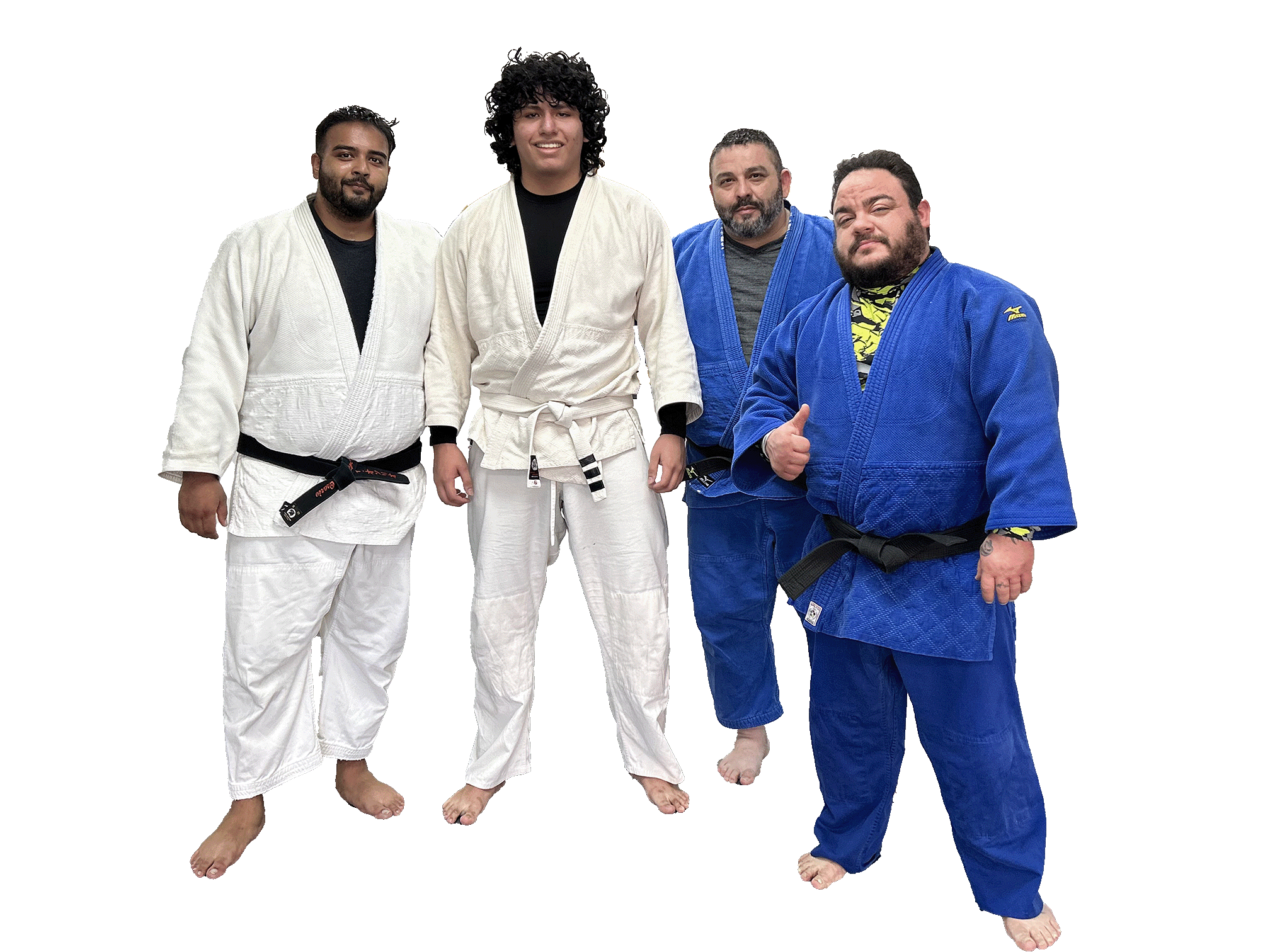Once the success of Ultimate Fighting Championship led to the rise in popularity of mixed martial arts and the proliferation of schools offering training in this country, a new argument was born. “Which martial art is better?” is a question that may start with the choice of where to spend your hard-earned money, but it becomes a whole other battle among martial artists. It doesn’t matter that the legendary Bruce Lee always dismissed the notion of styles and whether one is superior to the other. Most MMA competitors seem more interested in the gloves he wore in his film, Enter the Dragon.
The truth is that that simple questions often can’t be solved with simple answers. The two main forms of martial arts that comprise the mixed martial arts visible in UFC or other MMA matches are Muay Thai and Brazilian Jiu-Jitsu (BJJ). Both styles are effective in their own ways. Fighters rely on Muay Thai for striking and clinching. Jiu-Jitsu is all about domination on the ground.
What are the advantages and disadvantages of both martial arts?
Both are great for self-defense and street fights. What about in the octagon? One must be a well-rounded fighter in order to become a champion of this now-infamous arena of combat. Each style has its pros and cons.
Muay Thai is deadly if a fighter is on his or her feet. Competitive fighting typically starts with opponents on their feet. Therefore, it would seem fighters who are proficient in Muay Thai have the advantage right away. They certainly have the benefit of range and separation from their opponents. Against Boxers, throwing kicks can be very effective. On the other hand, kicks are the perfect opportunity for a BJJ fighters to take you down.
Superior grappling ability is an advantage that goes to Jiu-Jitsu. When the fight winds up on the ground, the BJJ fighter is the most dangerous. The goal in competition is to not get knocked out standing up. You should have enough basic striking to counter this possibility but having good BJJ is a huge advantage once the fight ends up on the ground. Fights also tend to start standing up and not last very long, so Muy Thai remains most useful right off the bat. Most people can’t take one powerful leg-kick, let alone a head kick. End the fight with a deadly strike and avoid the ground all together.
Brazilian Jiu-Jitsu, on the other hand, allows you to safely submit your opponent without causing any long-term effect to them. Techniques like the “rear naked choke” can be very useful in random street or bar fights. Submission tends to lead to far less jail time than killing someone in the street.
Which is easier to learn?
Nothing worth doing is easy. That’s the glib answer. Yet, it holds truth because neither is “easy” to learn. Muy Thai leads to plenty of bruised shins, which makes it a painful process. It involves the use of striking through all eight limbs (kicks, elbows, knees, and punches). While you are mastering the execution of these techniques, you also need to learn how defend against them.
Learning BJJ means defending against someone trying to break your limbs or choke you unconscious. You wind up on your back a lot of the time. Grappling with more experienced opponents feels like wrestling with a gorilla. Almost anyone can get good at BJJ, but many students quit after receiving a blue belt. The black belt in BJJ is highly respected and known for being one of the hardest belts to achieve, and for good reason.

